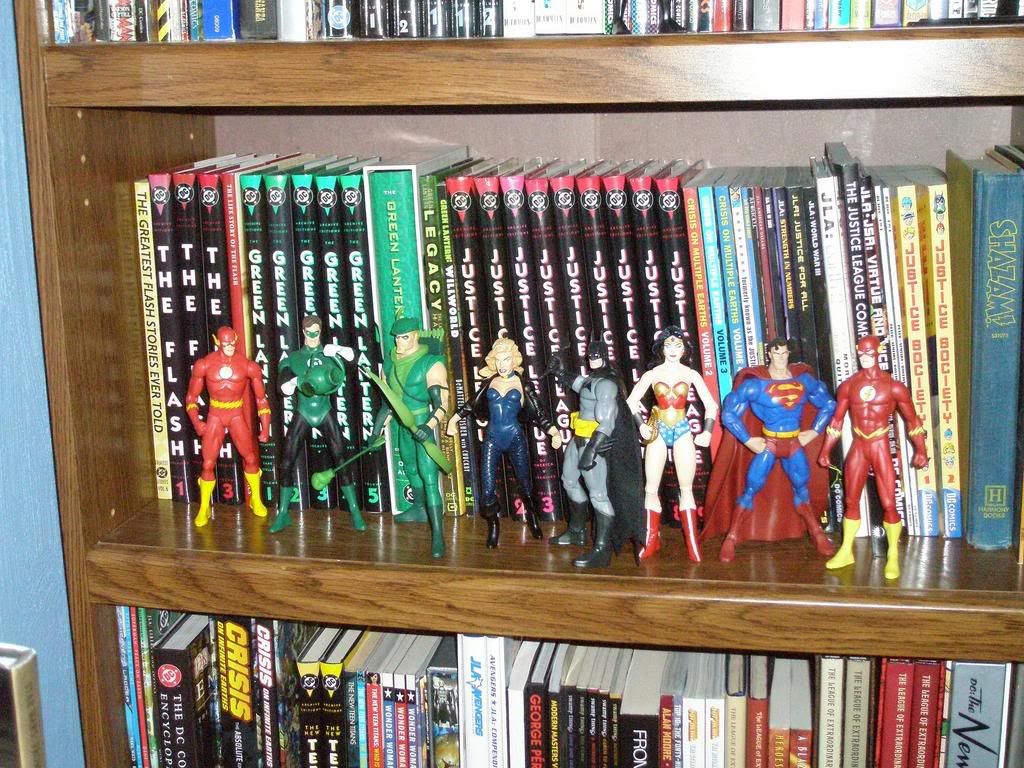It is a truism in comics that the writer(s) and artist(s) involved put on the page what they deem to be necessary for the reader's understanding. I read a lot of superhero comics, so I see a lot of detailed muscles and intricate cityscapes.
Therefore, the unique style of cartoonist Dash Shaw, on display in his massive graphic novel Bottomless Belly Button (published by Fantagraphics) took some getting used to. Caped-crimefighting aficionado that I am, I would call Shaw's work "minimalist" in the sense that it uses distinctive storytelling shortcuts. For example, one almost-caption, accompanying a swirl of floating points, reads "sunlight makes dust in air visible." In this black-and-white book, morning is noted with "orange dawn." To me it was an unusual approach, but not an unwelcome one; and it serves Shaw well by allowing the reader some interpretive freedom.
As for the subject matter, Bottomless Belly Button concerns the Loony family, all gathered at the Loony beach house for the announcement that the elder Loonys are getting divorced. Naturally, their various reactions (or lack thereof) make up the bulk of the book, which spans the limited amount of time the Loonys are "on vacation." Son Dennis plunges into denial. Daughter Claire meditates on her own divorce and attempts to bond with Jill, her own teenage daughter. Son Peter mopes about his lack of a social life. It's not unfamiliar, and it kept reminding me of the independent films I used to watch more of (unfortunately, none comes to mind but Little Miss Sunshine, and that's probably too commercial a comparison).
However, BBB needs to be told through sequential art, because it takes good advantage of the medium. Not unlike an old-school superhero story, it pauses for cataloguing: here are the Loonys in happier times, arranged in designated spots in their house, their station wagon, the dinner table, etc., like a starship crew manning posts or the Justice League in personalized meeting-room chairs. BBB also includes print-favoring excerpts from the Loonys' archives, such as an encoded letter which contains the book's title. It all has the desired effect: in their own ways, and from their own perspectives, the Loonys are an institution, not just some random group of characters.
Shaw uses another comics-specific device: Peter looks like an anthropomorphic frog. At times this bit of characterization, combined with Peter's general malaise, can get a little too precious; but when Shaw shifts gears unexpectedly, it's startling, and it adds another layer to the character.
Ultimately, the success of Bottomless Belly Button comes from Shaw's ability to make the Loonys three-dimensional. His characters aren't perfect, or perfectly formed; but none of their arcs is entirely predictable (not even Peter's, which is probably the most by-the-numbers). Shaw's unique style gives the reader just enough information to suggest the rest, and that helps bring the characters alive.
I read BBB as its author directed, taking breaks between each of its three parts over the course of a couple of days. That was a few weeks ago, and it has stayed with me. There's a lot of symbolism and minutiae to absorb in this work, so I suspect it will reward multiple readings. Maybe I'll take it with me on our next trip to the beach.
Full Post







